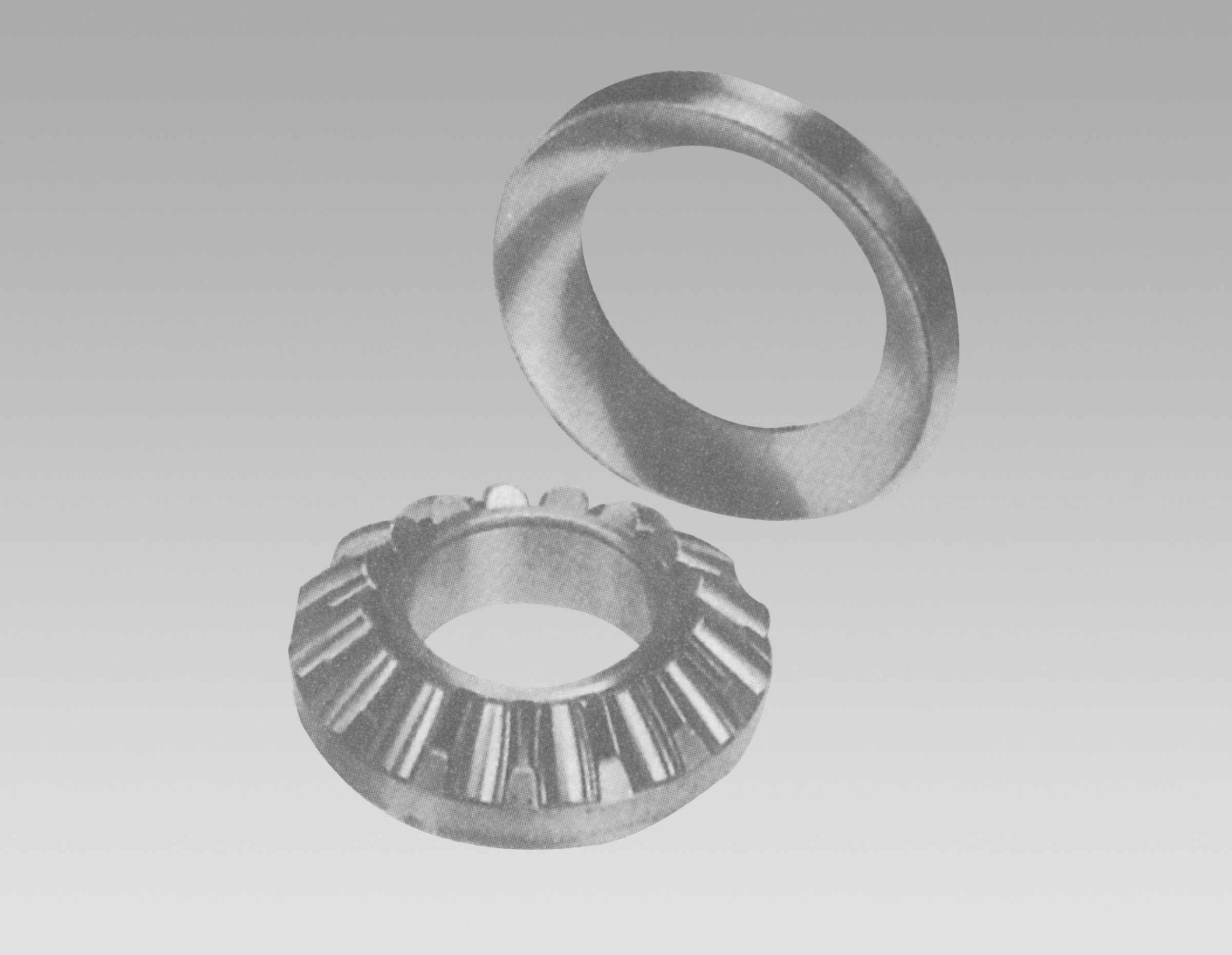
Dec . 07, 2024 03:26 Back to list
6310 ball bearing
Understanding the 6310 Ball Bearing Key Features and Applications
In the world of machinery and equipment, ball bearings play a crucial role in ensuring smooth operation and longevity. Among various types, the 6310 ball bearing stands out due to its versatility and robust performance. This article explores the key features, specifications, and applications of the 6310 ball bearing, shedding light on why it is a preferred choice in various industries.
What is a 6310 Ball Bearing?
The 6310 ball bearing is part of the deep groove ball bearing family. It consists of an inner and outer ring, a cage that houses the balls, and the balls themselves, which allow for the smooth rotation of parts in machinery. The designation 6310 provides specific information about its dimensions. The first digit (6) indicates the bearing series, the next two (31) signify the size, and the last digit (0) denotes modifications or features that enhance its performance.
Key Specifications
The 6310 ball bearing typically has the following specifications
- Bore Diameter 50 mm - Outer Diameter 110 mm - Width 27 mm - Load Ratings The dynamic load rating is about 30 kN, while the static load rating is approximately 18 kN. - Speed Ratings It can operate effectively at high speeds, making it suitable for various applications. - Material Most 6310 bearings are made of high-quality steel, with some variants incorporating ceramic or stainless steel options for enhanced durability and corrosion resistance.
Design Features
The design of the 6310 ball bearing allows it to handle both radial and axial loads, making it exceptionally versatile. The deep groove design enables it to accommodate misalignments and run smoothly under complex conditions. The cages are typically made from steel or nylon, providing low friction and ensuring that the balls are evenly spaced for optimal performance.
Applications
The versatility of the 6310 ball bearing makes it suitable for a wide range of applications across various industries, including
6310 ball bearing

1. Automotive Industry In vehicles, 6310 bearings are commonly used in wheel hubs, electric motors, and lifts. Their ability to support both radial and axial loads makes them ideal for these applications.
2. Industrial Machinery Manufacturing plants utilize 6310 bearings in conveyor systems, pumps, and compressors. Their durability and efficiency help in maintaining production line reliability.
3. Agricultural Equipment In farming machinery, such as tractors and harvesters, the 6310 ball bearing is essential for ensuring that equipment operates smoothly under heavy loads and outdoor conditions.
4. Home Appliances Many household appliances, from washing machines to refrigerators, use 6310 ball bearings. They contribute to quieter and more efficient operation.
5. Electric Motors The 6310 bearing is a popular choice for electric motors due to its capacity for high-speed rotation and reliability over time.
Benefits of Using 6310 Ball Bearings
Using 6310 ball bearings offers several advantages
- Efficiency Their design minimizes friction, allowing for smoother operation and energy savings. - Longevity High-quality materials and construction mean that 6310 bearings can withstand heavy loads and harsh environments, leading to longer service life. - Versatility Suitable for a range of applications, making them a go-to choice for many engineers and manufacturers. - Availability Due to their popularity, 6310 ball bearings are widely available and can be easily sourced for replacement or new applications.
Conclusion
The 6310 ball bearing is an essential component in numerous mechanical applications. Its robust design, high efficiency, and versatility make it a preferred choice across various industries. Understanding its features and capabilities allows engineers and technicians to make informed decisions, ensuring optimal performance and longevity of machinery. Whether in automotive, industrial, agricultural, or residential uses, the 6310 ball bearing continues to demonstrate its reliability as an indispensable element of modern technology.
Latest news
-
Premium Deep Groove Ball Bearings | High Speed & Reliability
NewsAug.29,2025
-
Durable Scaffolding Clamps - Secure & Reliable Tube Connectors
NewsAug.28,2025
-
Common Failures in Thrust Ball Bearings and Solutions
NewsAug.22,2025
-
How Tapered Roller Bearings Can Take Shock Loads
NewsAug.22,2025
-
Angular Bearings in High-Precision Spindles
NewsAug.22,2025
-
The Impact of Misalignment on Cylindrical Roller Bearing Performance
NewsAug.22,2025
